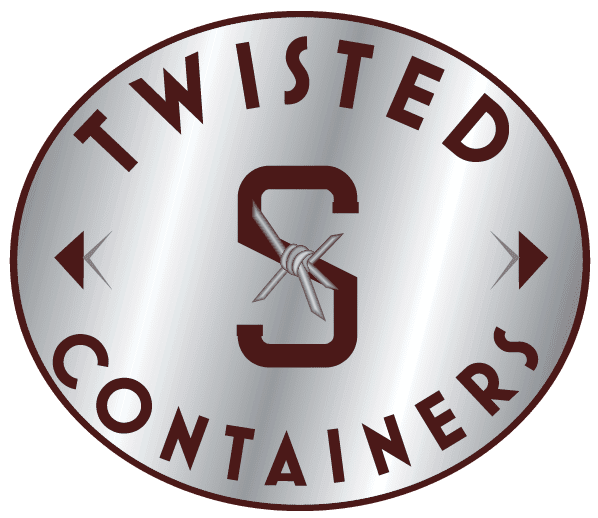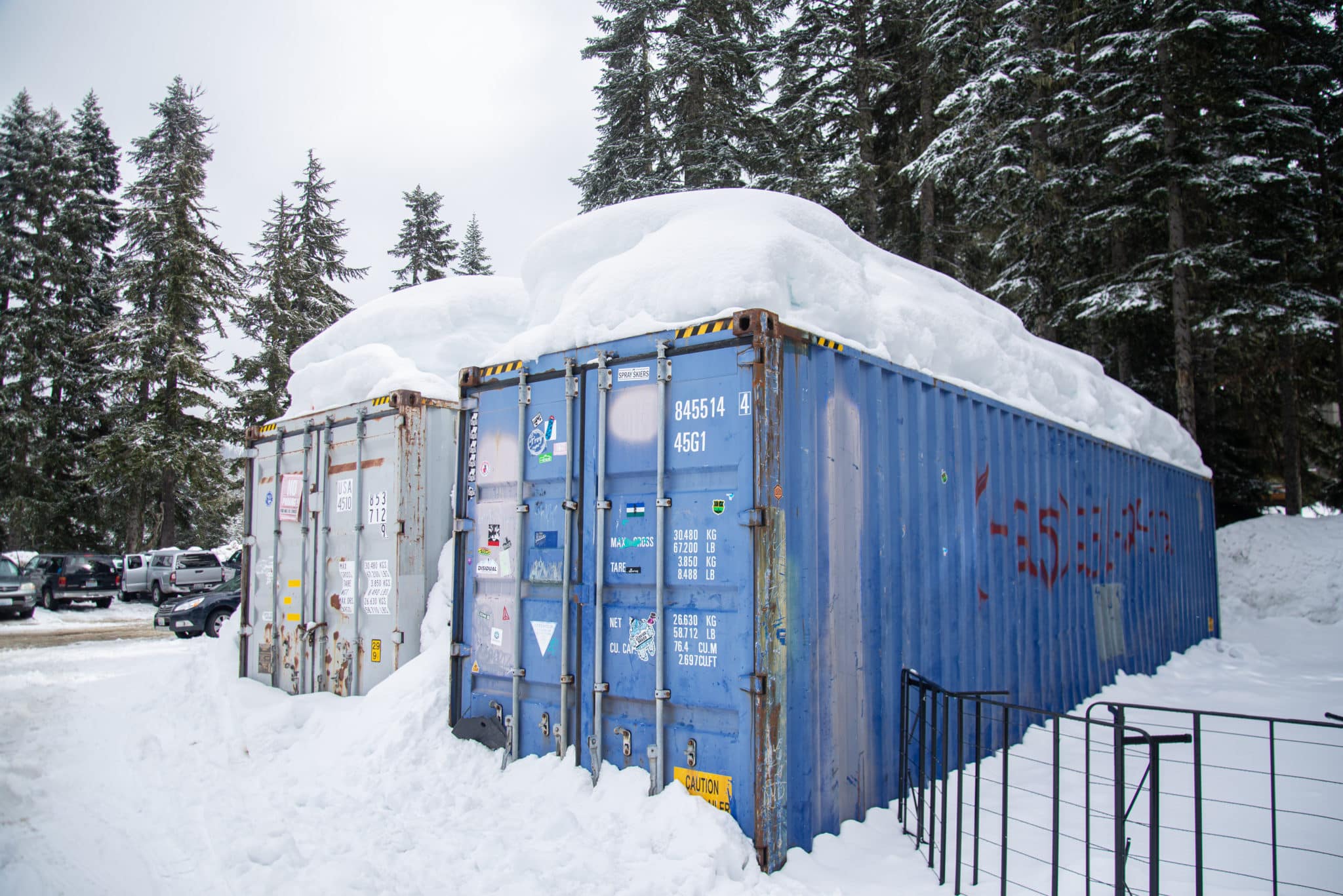Shipping containers continue to grow in popularity due to their availability, sustainability, effectiveness, and low cost. But are shipping containers insulated? Empty freight containers are sitting at ports worldwide, enhancing the opportunity to expand and innovate on these portable storage solutions.
One of the fundamental challenges of storing perishable items or those affected by heat, cold, or moisture is how to go about insulating a storage container. Fortunately, there are available options for transforming your shipping container into a viable, temperature-controlled, and pleasantly insulated storage space.
How to insulate a shipping container depends on whether you’re protecting against moisture, heat, or cold. It also depends on what you’re going to be storing inside.
What is shipping container insulation, and is It essential for your storage space?
Shipping containers can be recycled for use as storage solutions. They offer your possessions a safe refuge against harsh weather and other destructive elements. While the steel container protects your stored items against rain, snow, sleet, wind, UV ray exposure; the hot sun, condensed moisture, or cold conditions are extenuated inside the metallic box.
You can, however, control the temperature inside your storage shipping container using insulation. That’s any material that will prevent external temperature parameters from raising or lowering conditions within your container store.
Insulation materials will prevent condensed moisture from ruining your stored goods. Condensation happens when warm air comes in contact with the cold metallic surface of the container. Insulation can include anything from commercially available fiberglass or foam to improvised solutions like blankets, bales of hay, and old clothing.
Different Types of Shipping Container Storage Insulation
Ever been in an empty shipping container on a hot day or stepped into an uninsulated one during the dead of winter? If yes, you understand why insulation is necessary before storing your valuables inside the thermal conducting steel of containers. The air quality inside is always reflective of external conditions, which isn’t conducive to art, foods, medical products, electronics, and many others.
Insulating a shipping container requires the use of insulation materials. But, there are a variety of insulation materials on the market. Here are some common types of shipping container insulation:
Shipping Container Insulation Panels
Insulation material can be made into panels that fit into the exact measurements of your shipping container. Panels go between the stud walls and can be used alongside other insulation materials or solutions, including foam, air barriers, or vapor. These minimize the effect on the interior temperature by external conditions while preventing warmth or cold air loss from within.
Shipping Container Insulation Spray Foam
As one of the most common materials for shipping container insulation, spray foam is the easiest, quickest, and more effective insulating method. Since the foam gets into every container wall space, you can spray the inside, outside, or both sides of your storage space. In addition, a semi-permeable barrier is formed during foam spray insulation application, acting to prevent moisture from condensing.
An example of shipping container spray insulation is Icynene, water-blown foam that expands as it hardens. Tiny plastic bubbles form the exterior of the insulating shipping container material, making spray foam excel in sealing and temperature control over other products.
EPS or Expanded Polystyrene Foam
Erroneously referred to as Styrofoam, EPS is an expanding polymer with a closed-cell structure, unlike the open-cell spray foam above. This insulation material is capable of supporting extensive area protection as it’s more robust and non-porous. In addition, no water vapor, which then condenses to form moisture, can pass through expanded polystyrene foam.
EPSs’ high insulating power is due to double resistance to heat flow per inch or R-value. Spray foam shipping container insulating material is also inert and not subject to physical or chemical breakdown however long it’s used.
Organic Shipping Container Insulation Materials
Using an easily sourced eco-friendly material will be cost, time, and environmentally conservative. For example, reduce the risk of contamination by using insulation for shipping container materials that are non-toxic and organic. Such insulators include sheep’s wool, natural cotton, straw, and hay.
Recycled or post-consumer clothing is another option. It can be easily obtained as sustainable shipping container insulating materials. For instance, cotton from denim or second-hand jeans has an insulating R-value of 3.5 per inch, which is at par with conventional foam or fiberglass solutions. You can also treat your cotton or linen insulation with boric acid as a natural fire retardant.
Oklahoma Shipping Containers
Are you looking for a shipping container as a portable storage solution in Oklahoma or its surroundings? Contact Twisted S Containers today and get a handpicked 20 or 40-foot container that fits your needs.

